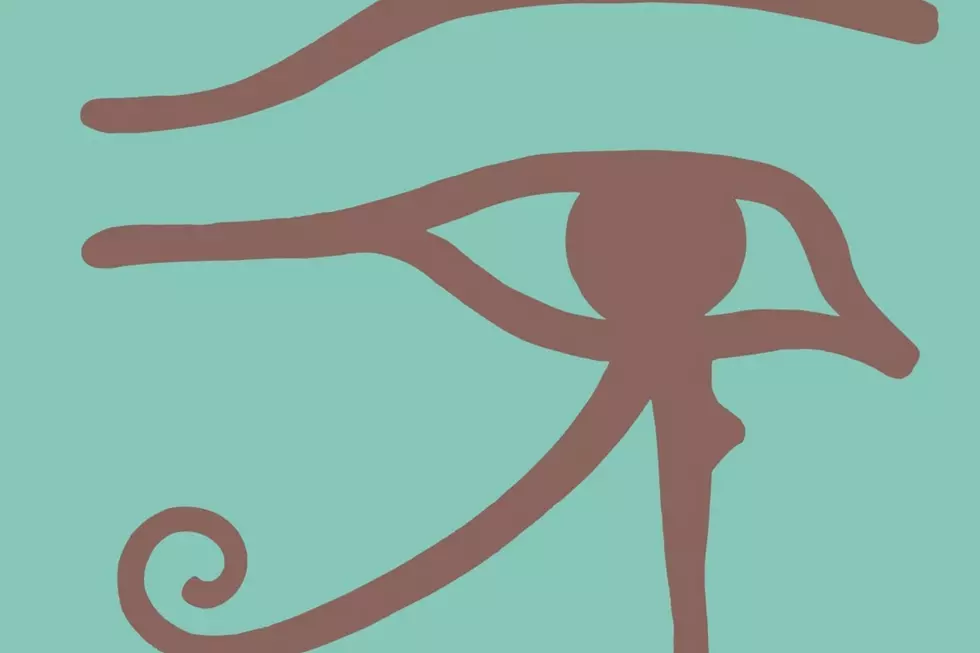
Why the Alan Parsons Project Threw Out the Rules for ‘Eye in the Sky’
The Alan Parsons Project made a break with tradition for their sixth studio album — and scored their biggest hit in the bargain.
When the group entered the studio in late 1981, they were already riding an extended commercial hot streak: Each of the Alan Parsons Project's previous five LPs had entered the U.S. Top 40, with a number of hit singles scored along the way. But as Parsons later admitted, he was also aware that the group had acquired a reputation he wasn't entirely comfortable with. As they set about gathering material for the new LP, he thought a different direction was in order.
"Something we had almost become recognized for is the fact that we have always had some form of theme running through the records we've done. At the same time I felt that it was time to break away from that, especially as we had so much negative criticism like being pretentious for constantly making concept albums," Parsons later said. "So, this time we felt 'let's just go in and make an album and then maybe at the end decide what it's all about.'"
For most successful recording artists, making a pronounced change this far into a career would carry a certain amount of risk. But the Alan Parsons Project had always been a much more fluid musical collective than its name might have suggested: In fact, it was always a partnership, with Parsons working alongside keyboardist/singer/songwriter Eric Woolfson to steer the creative direction.
With a roster of sidemen, the duo employed a rotating series of vocalists alongside Woolfson. That might have made it hard to quickly pinpoint an Alan Parsons Project song on the radio, but it freed up Parsons and Woolfson to dabble in a variety of different directions.
"The idea was to make recordings much as Kubrick of Hitchcock made movies, where the production values were the key rather than star actors," Woolfson explained to Vintage Rock. "I thought at the time that many others would follow in our footsteps but this didn't happen."
Those production values, as always with the Alan Parsons Project, were impeccable during the making of Eye in the Sky, which arrived in June 1982. Tracked at Abbey Road, where Parsons had worked with the Beatles and Pink Floyd as a young engineer, the record reflected the same strong attention to detail that went into the rest of the group's discography.
Listen to the Alan Parsons Project Perform 'Eye in the Sky'
Shedding the baggage of working within a narrative theme might have made it easier to focus on putting together their strongest material, but the title track owed a debt to one of their earlier concept LPs.
As Woolfson later recalled, he'd had gambling on his mind more often than usual during the making of 1980's The Turn of a Friendly Card LP. During one of many trips to a casino, he was offered a behind-the-scenes look at their surveillance system — dubbed the "eye in the sky." After hearing the same phrase used to refer to a satellite and a local news helicopter, he was struck with the idea that eventually became the next record's title track.
Despite ultimately peaking at No. 3 in the U.S., where it would become the Alan Parsons Project's biggest hit, "Eye in the Sky" had a difficult birth in the studio. Parsons and Woolfson struggled over the arrangement for so long that, as he was later embarrassed to admit, Parsons contemplated leaving it off the record altogether.
"I think Eric did a really good job on it, but I’ve never been allowed to forget that I was not that impressed with it in the early stages," Parsons subsequently admitted. "We couldn’t find a feel that I thought was working. Ultimately, we ended up with this chugging thing that worked well, but at one point I really was ready to throw it out."
Eye in the Sky rewarded those painstaking efforts with the band's first Top 10 album in the U.S. since 1977's I Robot, adding another platinum certification to their growing list. It also proved the Alan Parsons Project could remain commercially relevant even as interest in prog waned during the early '80s. They'd continue to sell respectably for much of the remainder of the decade, releasing four more studio albums before Woolfson departed to focus on writing for the stage.
After the end of the Alan Parsons Project following 1987's Gaudi, Parsons opened a new chapter, releasing a series of albums that utilized the group's rough creative template even if they didn't use the "Project" banner. And as the band's legacy continued to grow, he proved willing to celebrate his past, leading a Live Project onto the touring circuit and belatedly embarking on a career as a concert performer.
"The one regret I have is that I feel we missed the boat during the ‘80s. If we had started playing live then, instead of starting in the mid-‘90s, we could have been as big as anyone," Parsons argued in 2013. "Pink Floyd and Bruce Springsteen always sounded incredible playing stadiums. I think we could have geared ourselves to playing them, but it never happened and probably never will."
The Top 100 Albums of the '80s
More From Kool 107.9










